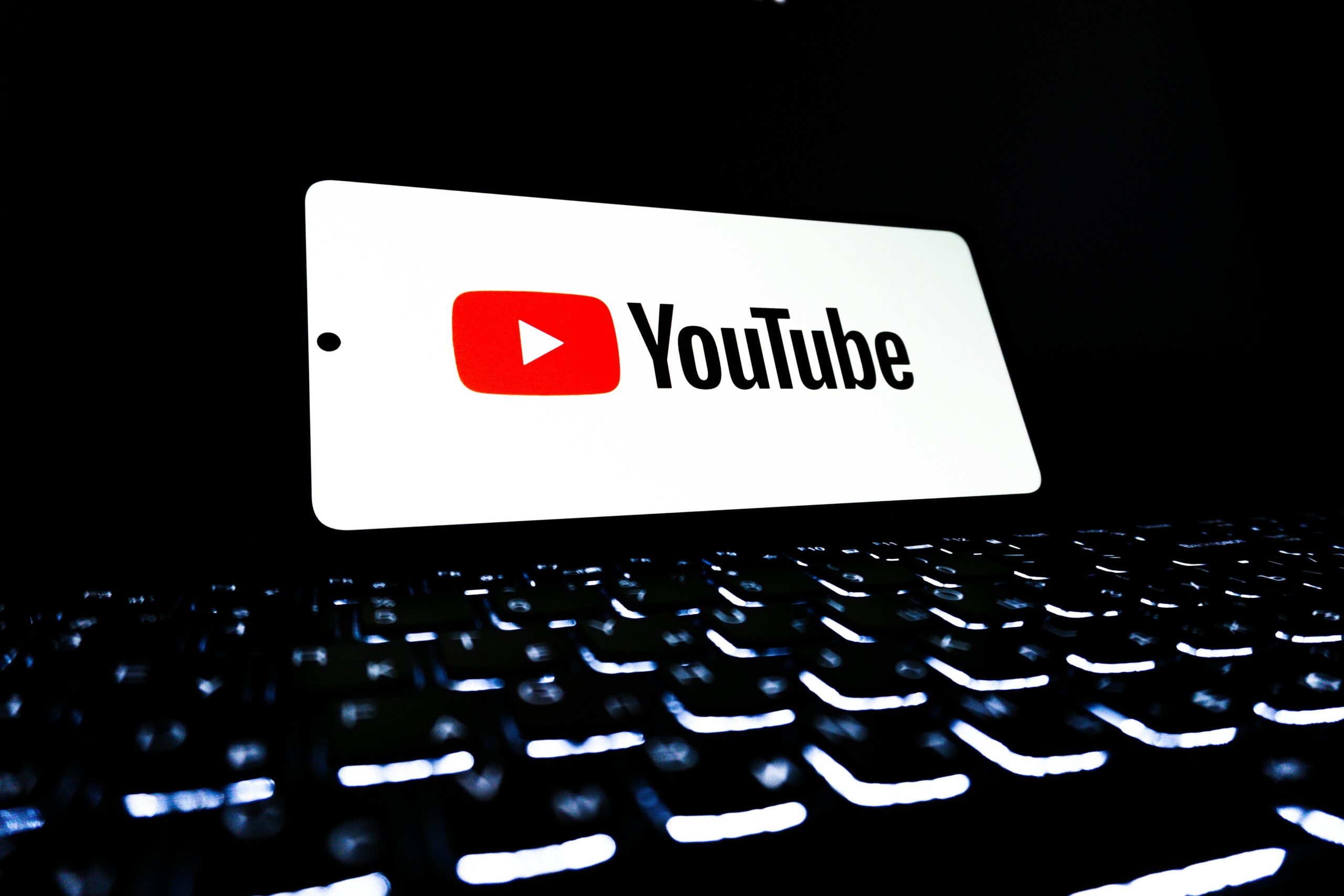Inequality isn’t only about income—it’s also about access: access to opportunity, information, and networks of support. For many people, the difference between moving forward or feeling stuck can come down to whether someone took five minutes to listen, guide, or connect them.
Globally, inequality is often measured using something called the Gini coefficient—a scale from 0 to 100, where 0 means perfect equality (everyone has the same income) and 100 means total inequality (one person has everything). Most countries fall somewhere between 30 and 50. High Gini scores reveal deep divides in access and opportunity that often persist even when economies grow.
That’s why micro-mentoring—a quick, focused act of guidance or encouragement—can be a powerful tool for inclusion. It takes almost no time, yet builds the kind of social capital that helps people overcome invisible barriers. When many of us do this consistently, those five-minute actions add up to progress toward the UN’s Sustainable Development Goal 10: Reduced Inequality.
Why It Matters — The Data
- Around 49 countries, representing about 22% of the global population, have a Gini index above 40, indicating high inequality.
(Source: The Geography of High Inequality – World Bank Blog) - The global income Gini coefficient fell from 70 in 1990 to 62 in 2019, yet the COVID-19 pandemic caused the sharpest one-year rise in inequality in over three decades.
(Source: Progress and Setbacks in Reducing Income Inequalities – World Bank) - Employees with mentors are twice as likely to say their organization provides a clear path for growth and development.
(Source: The Difference Between Mentors and Sponsors – Gallup Workplace) - Among Fortune 500 companies, those with active mentoring programs grew headcount by nearly 4%, while companies without such programs saw an average 33% decline.
(Source: Growth in Mentoring Builds Success – Association for Talent Development (ATD)) - A study of mentorship in education found that structured guidance for low-income students increased “high-track” school attendance by 11 percentage points, closing nearly one-third of the socio-economic gap.
(Source: IZA Institute of Labor Economics – Mentoring Low-SES Students)
How to Take Action (in 5 Minutes)
You don’t need a formal role to make an impact. Here’s how to turn five minutes into a meaningful connection:
- Pick one person — a coworker, student, or community member who might benefit from a small nudge or bit of advice.
Example: A new team member, a younger colleague, or someone starting out in a field you know. - Offer just five minutes. Ask something like, “If I could help you with one thing right now, what would it be?”
Example: Offer to review their short presentation, explain a tool, or share how you overcame a similar challenge. - Listen actively, then share one concrete suggestion, resource, or connection.
Example: Recommend a free online course, introduce them to a contact, or share a tip that made your own work easier. - Follow up with a quick message later: “Hey, how did that go?”
Example: Send a short LinkedIn message or a quick email to check in. - Repeat weekly. If 50 people each give five minutes a week, that’s over 200 hours of shared knowledge a year — and each one of those moments helps close a small gap.
The Ripple Effect
Micro-mentoring works because it builds inclusion at the human level. When we take time to connect, we don’t just transfer knowledge—we extend opportunity. These tiny moments help reduce inequality of access, not just income.
If thousands of us commit to one micro-mentoring moment each week, we create a global chain of empathy and empowerment—one five-minute action at a time.
So, pause today. Offer someone your five minutes. You might just be shaping a more equitable world.


